What comes to your mind when you hear the phrase Pop Art? If the first thing you think of is Andy Warhol and cans of Campbell’s Soup, you aren't alone. The 1962 series depicting different flavors of that popular meal is one of the most iconic works of not just Pop Art but modern art in general. What makes Pop Art so special? How did a single picture of a $1.48 can of soup end up costing $11.8 million at auction in 2006? To know this, we need to understand a wider context.
In our new episode, we will give you an overview of everything Pop Art: how it emerged, who was involved, what role it played in history, and what the deal was with all those soup cans and Coca-Cola bottles.
Pop Art was an artistic movement that emerged in the mid-1950s in Great Britain and the United States. In Britain, a group of young artists and critics who called themselves the Independent Group started having meetings in the Institute of Contemporary Art in London around 1952 to 1953. With members like Richard Hamilton and Eduardo Paolozzi, The Independent Group got together to discuss some of the pressing issues they saw in contemporary art. The gallery-based idea of art was elitist for them, as it didn’t reflect the real lives and needs of people, nor was it available to them. In 1955, the Independent Group discussed mass culture: film, advertisements, comic books, sci-fi, celebrities, and pop music. They started making collages using elements from everyday life like found objects, magazine cut-outs, comic book characters, ads, and product labels. Of course, this didn’t go over too well with critics. Mass culture was not only considered kitsch and consumerist - it was also very American.
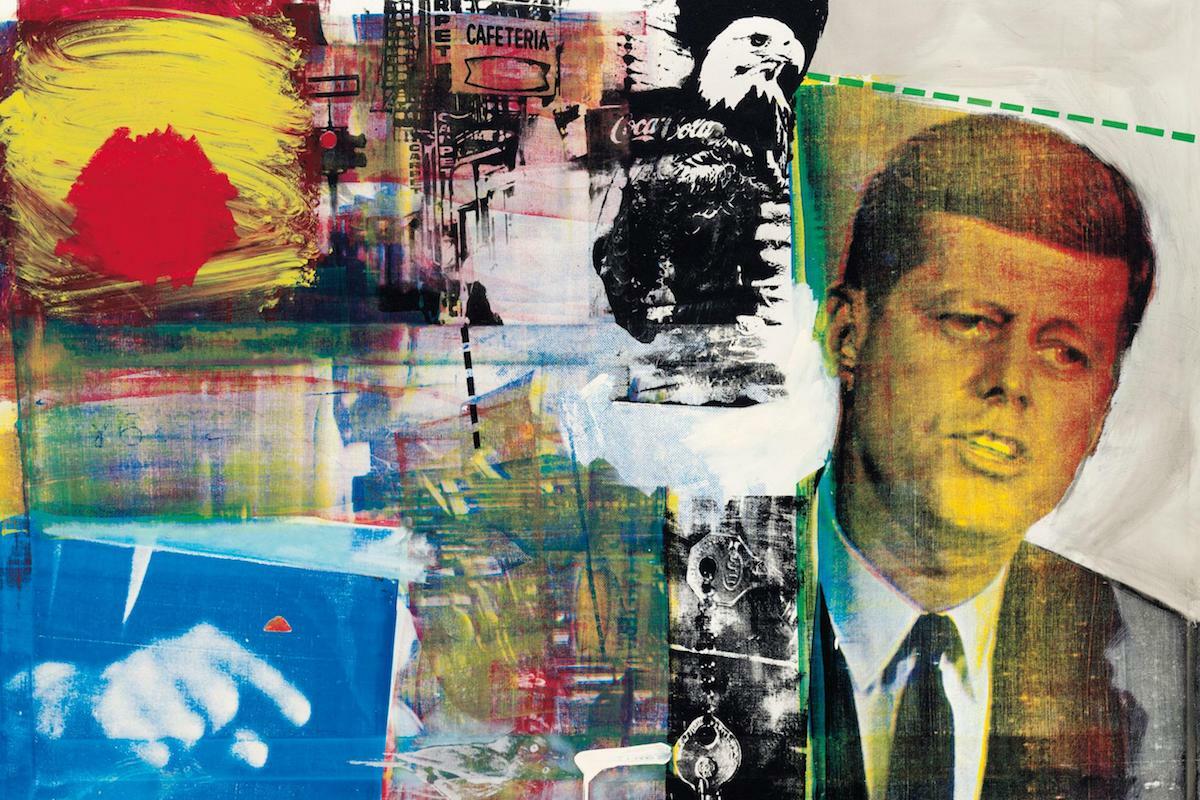
Unsurprisingly, the most dynamic developments in the Pop Art movement came from the United States. Robert Rauschenberg and Jasper Johns were among the first artists to oppose the dominant trends of abstract expressionism. Rauschenberg drew inspiration from the Dadaism movement, and he believed that art needed to be closely tied to real life. Rauschenberg used discarded ready-made objects in his works before silkscreen printing made it easier to transfer photographs onto his paintings.
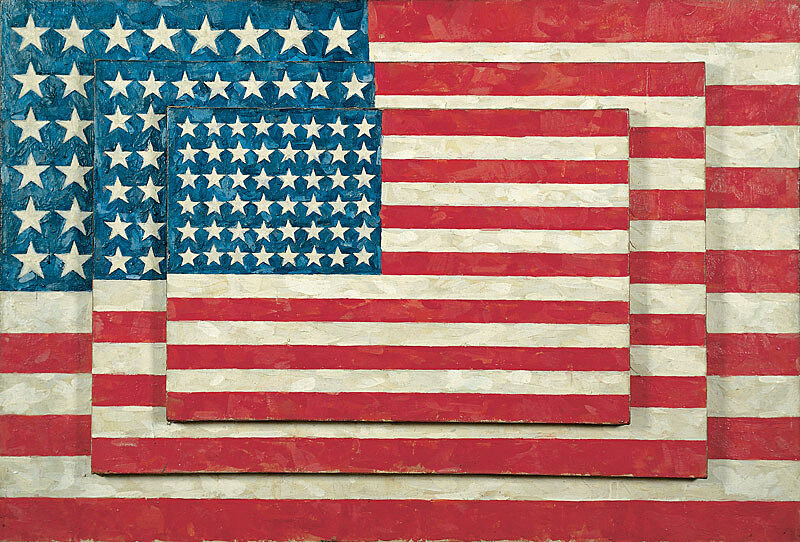
Jasper Johns was most notable for his depictions of the American flag. In the 1950s, both Johns and Rauschenberg were called Neo-Dadaists. In 1962, however, the term Pop Art was coined to describe the use of bold colors, repetitions, and mass media references from comics and magazines to Hollywood stars and popular food and beverage commercials.
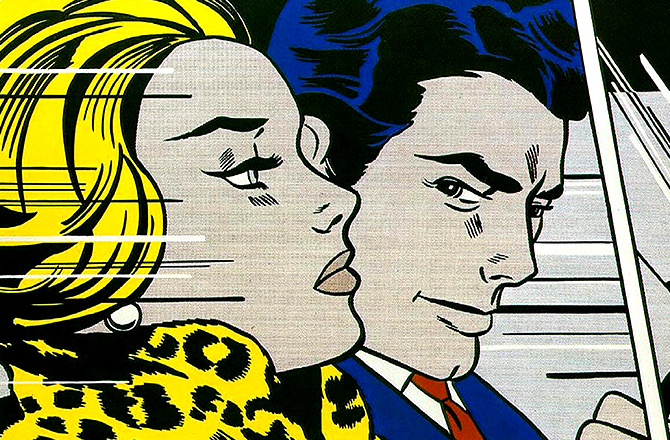
Roy Lichtenstein is one of the most notable figures in 1960s American Pop Art. His work owes the most to popular American comic books like Batman and Spider-Man, using thick black outlines, primary colors, Ben Day dots and ironic speech bubbles and onomatopoeia. Although they represented mass-printed media, most of Lichtenstein’s best known works were in fact meticulously painted oils on canvas. Seems hard, doesn’t it?
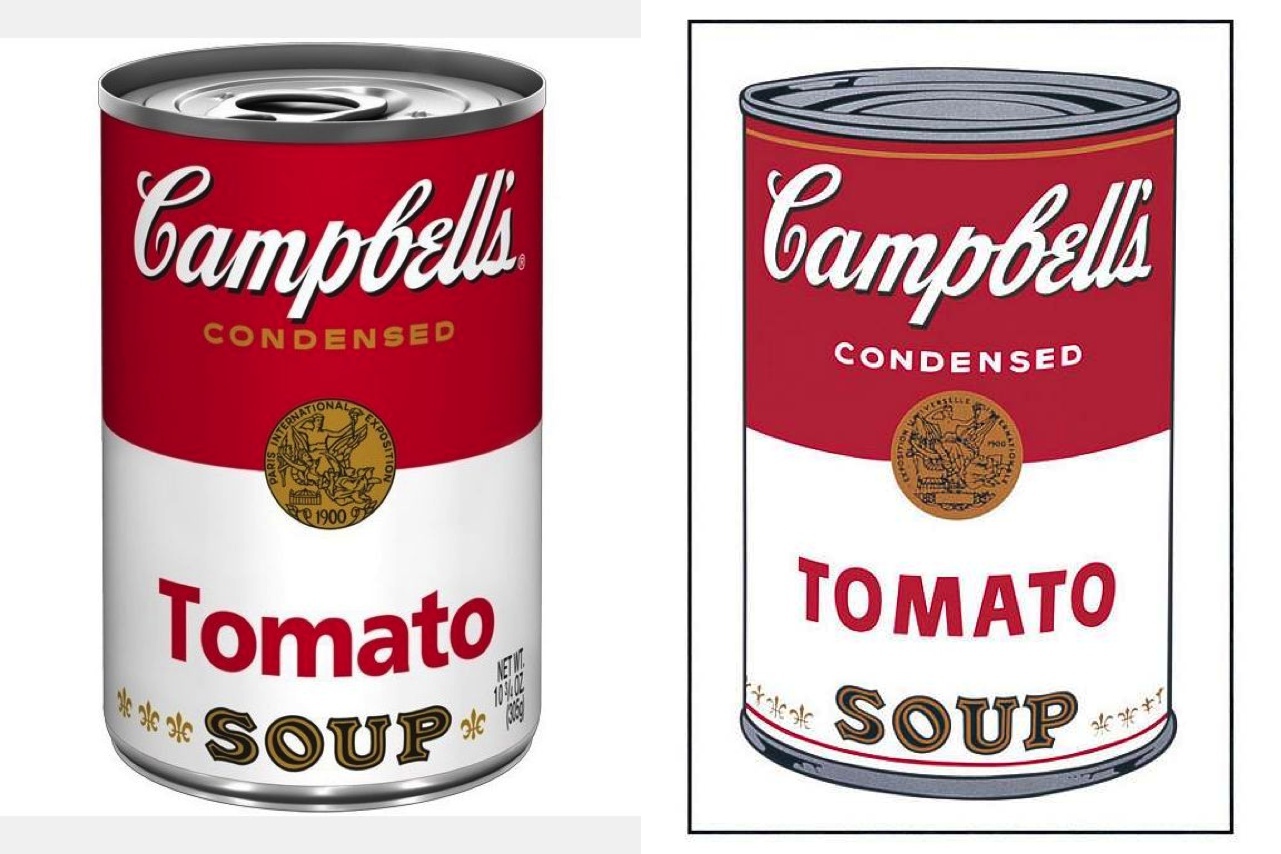
We can only assume Andy Warhol thought so too, because around 1962 he started using screen printing in his works. The printmaking technique allowed Warhol to craft numerous iterations of the same photographic image on paper or on canvas. This brought us some of the most iconic images of the Pop Art movement. Warhol was obsessed with the celebrity world. For him, images of popular actors, singers, and even politicians were an essential part of American life just like the household brands Coca-Cola and Campbell's Soup.
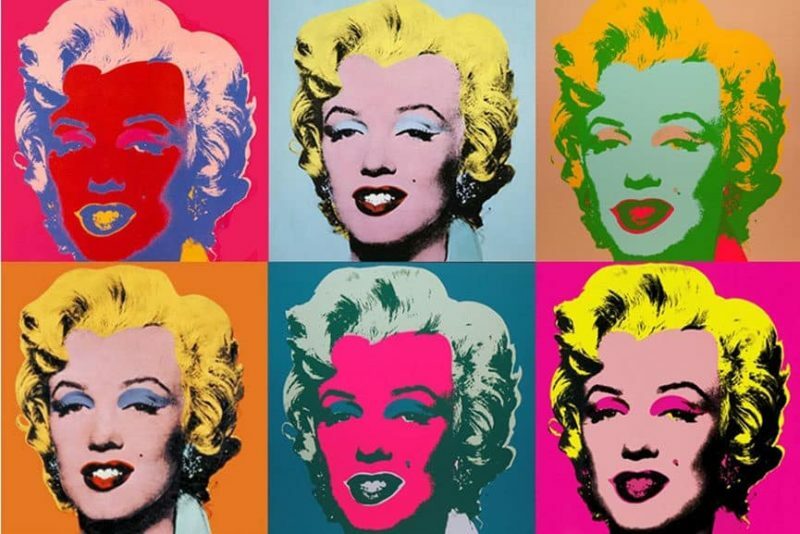
Although works of Pop Art were heavily criticized for their admiration of banality and consumerism, the movement quickly became popular and raised some of the most essential questions of art that eventually led to postmodernism. Questions such as what can be art? Are some subjects more important than others? Who gets to enjoy art? The fact that everything and anything could become a subject of art undermined the elitism and hierarchy that had been upheld in the world of art for centuries. Some of these questions had already been posed by Dadaist artists in the first two decades of the 20th century, but Pop Art pushed things even further and into the mainstream.

Respected philosopher and art critic Arthur Danto went as far as declaring ‘the end of art’ after having seen Warhol’s “Brillo Boxes” in New York in 1964. Warhol’s new works were screenprinted doubles of original wooden “Brillo” soap pad boxes, indiscernible in size, shape or form from the product itself. Unlike Duchamp’s Fountain, this series wasn't even signed. The fact that they could now be understood as art brought Danto to the conclusion that art history had entered an entirely new chapter. This didn’t mean people would stop producing art, it just meant the idea of a linear progression of art history was over.
-----------------
Let's recap. Pop Art was a revolutionary movement that developed in the 1950s in Britain and the U.S., peaking during the 1960s with artists like Andy Warhol, Roy Lichtenstein, and Robert Rauschenberg. If you are looking at a work that features celebrities, flat colorful surfaces, speech bubbles, or brand logos, it’s probably Pop Art.
The movement marked the end of Modernism and kickstarted the rapid transition into Postmodernism. It challenged society to take a closer, better look at their daily lives, but the glamorous and party-like atmosphere of Pop Art didn’t last long. The social and political circumstances of the 1970s called for a more critical standpoint and conceptual art, performance art, feminist art, and land art emerged.
